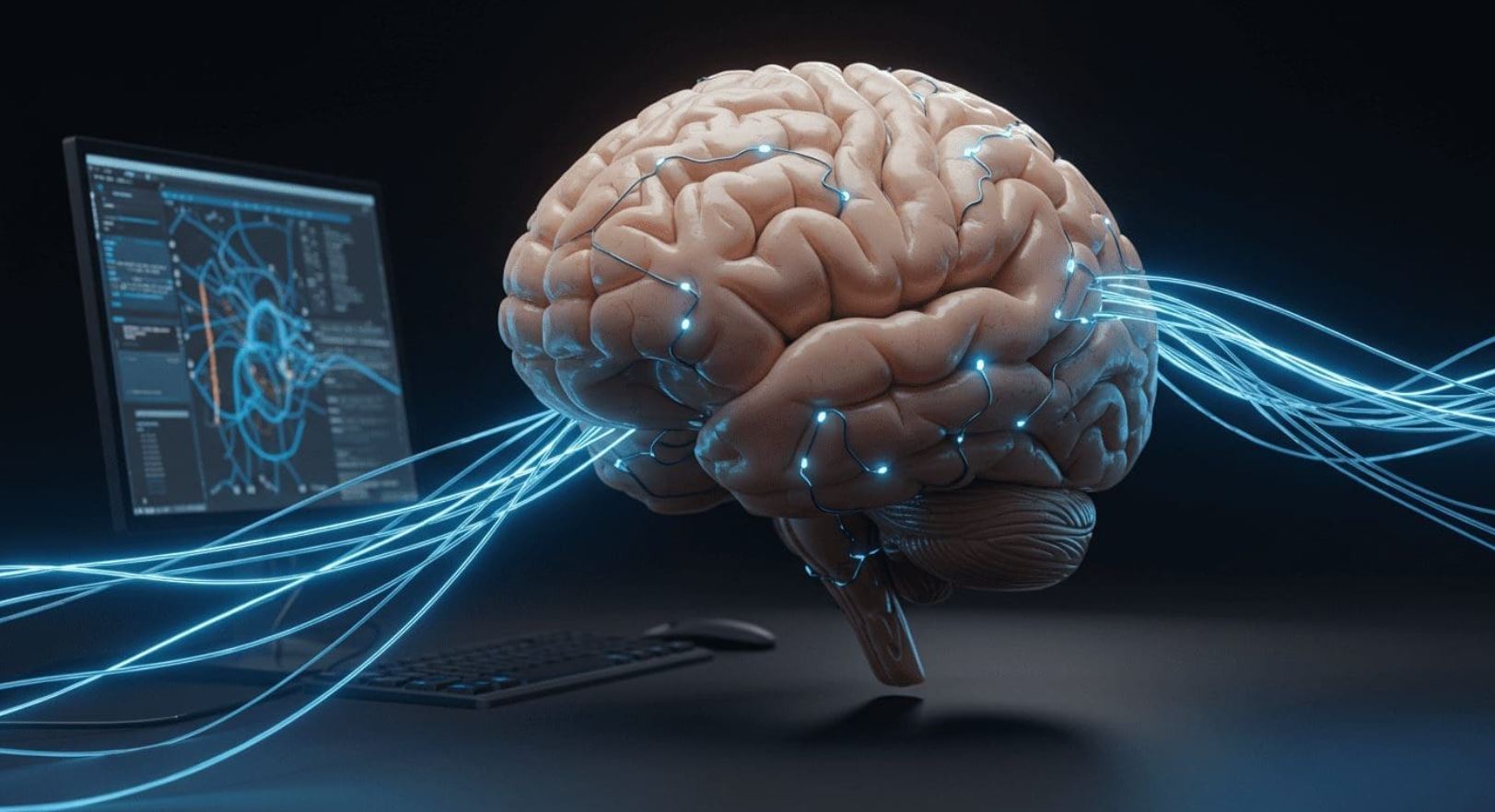 Multimodal AI models might seem far removed from human biology, but recent research reveals they organise objects in ways very similar to our own brains. Researchers from the Chinese Academy of Sciences, in a study published in Nature Machine Intelligence, explored whether these models could develop human-like object concepts using both linguistic and multimodal data. The investigation looked at systems like OpenAI’s ChatGPT-3.5 and Google DeepMind’s GeminiPro Vision 1.0, employing a method known as triplet judgments—where participants pick the two most alike items from a group of three.
Multimodal AI models might seem far removed from human biology, but recent research reveals they organise objects in ways very similar to our own brains. Researchers from the Chinese Academy of Sciences, in a study published in Nature Machine Intelligence, explored whether these models could develop human-like object concepts using both linguistic and multimodal data. The investigation looked at systems like OpenAI’s ChatGPT-3.5 and Google DeepMind’s GeminiPro Vision 1.0, employing a method known as triplet judgments—where participants pick the two most alike items from a group of three.
Analysing over 4.7 million triplet choices, the team discovered that these AI models generate low-dimensional embeddings, effectively grouping related objects—such as animals or plants—just as our minds naturally do. These clusters are not only stable and predictive but also echo the neural patterns found in key brain regions like the extra-striate body area and the fusiform face area.
This revelation offers a novel way to think about AI design. If extensive data training leads to representations that mirror human cognitive structures, we might be on the brink of developing smarter systems that intuitively process sensory information the way we do. For anyone who’s ever grappled with the challenge of making machines more relatable, this study provides a reassuring insight.








